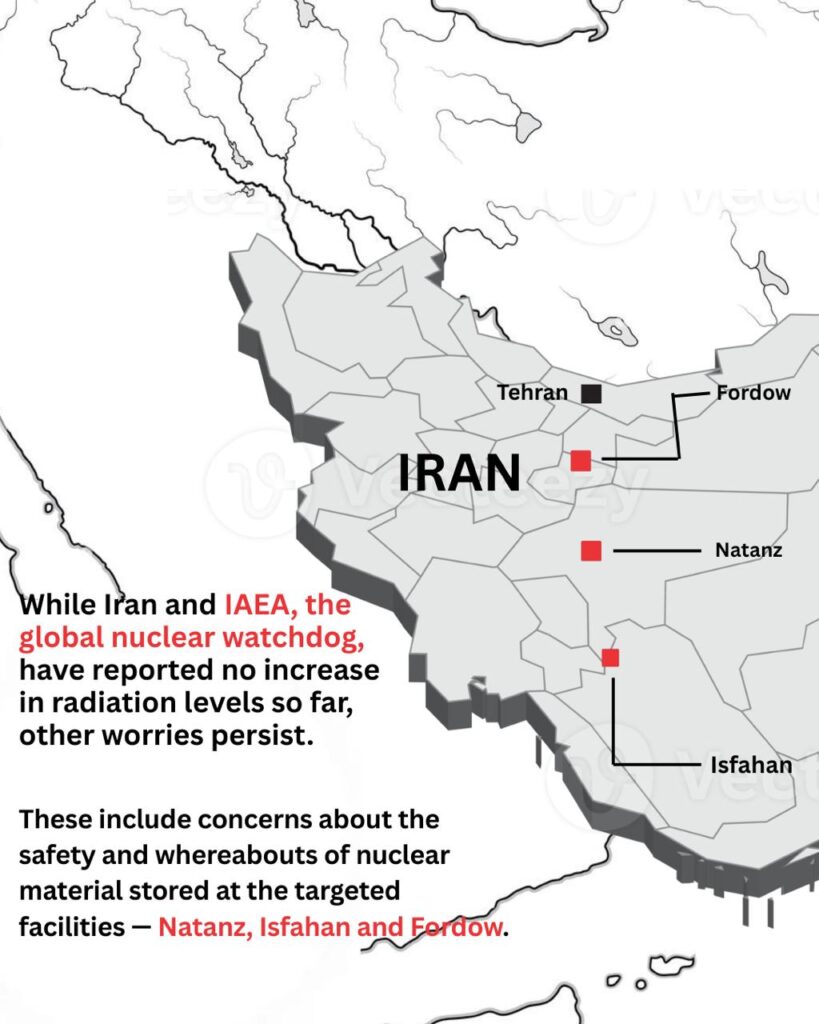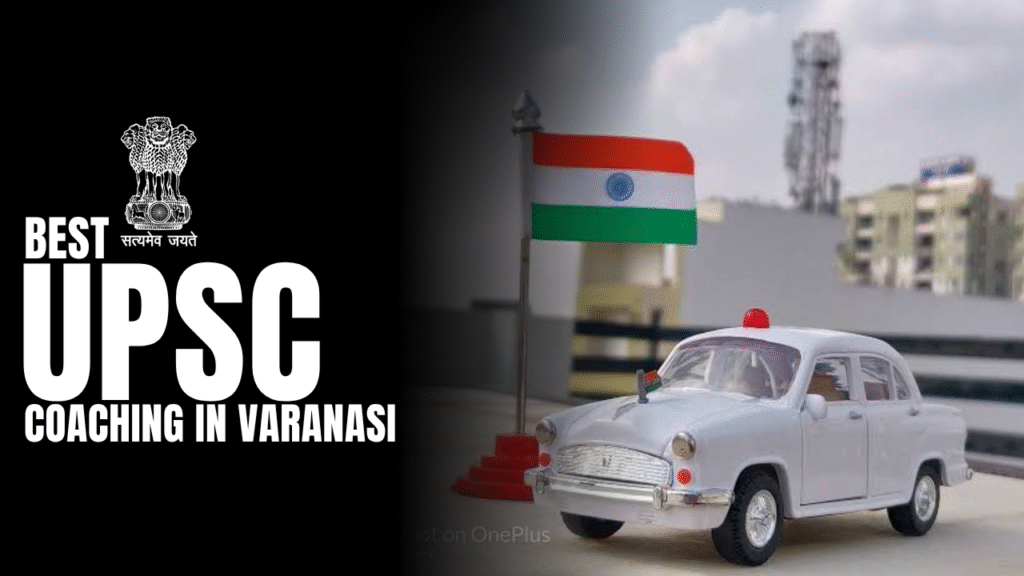Archives (PRELIMS Focus) Bridging the Propulsion Gap Category: SCIENCE AND TECHNOLOGY Context: India remains heavily reliant on imported aircraft engines, affecting its defence capabilities and strategic autonomy Decoding Context: Key Developments: HF-24 Marut: India’s first indigenous fighter jet, developed in the 1950s-70s, underperformed due to lack of a powerful indigenous engine, relying instead on imported engines. Kaveri Engine Project: Launched in 1986 for the LCA Tejas, it failed to meet requirements even after decades of development and ₹2,000 crore in spending. Why It Matters: Engine Dependency: Recent disruptions (e.g., GE F404 engine delivery delays from the U.S.) highlight how foreign engine delays hinder military programs like the LCA Mk1A. Import Bottlenecks: India depends on imported engines for air, sea, and land systems—impacting tanks, submarines, aircraft, and ships. This creates strategic vulnerability. Impact on Future Projects: India’s 5th-gen AMCA and other defence programs risk delays unless engine self-sufficiency is prioritized. Strategic Importance: Indigenous propulsion tech is crucial for: Sustained military readiness. Reducing foreign dependency. Withstanding geopolitical shocks. It’s not just a technical issue but a national security imperative. Learning Corner: HF-24 Marut (India’s first indigenous fighter jet) Developed by Hindustan Aeronautics Limited (HAL) in the 1950s with German assistance (engineer Kurt Tank). A milestone in India’s aerospace history. Faced engine issues due to lack of indigenous jet engine. Used underpowered British Orpheus engines. Retired in 1990 due to poor engine performance and limited upgrades. Kaveri Engine Project Initiated in 1986 to power the LCA Tejas fighter. Developed by Gas Turbine Research Establishment (GTRE). Project delayed and unsuccessful due to technical challenges. ₹2,000+ crore spent without producing a viable combat-ready engine. Never inducted into the armed forces. AMCA Programme India’s 5th generation Advanced Medium Combat Aircraft (AMCA). Needs a more powerful indigenous engine (110 kN thrust). HAL negotiating with GE to co-develop an engine for AMCA. PM Modi announced $1 billion GE-HAL partnership to manufacture GE-414 engines in India. Source: THE HINDU International Conference to decipher Indus script Category: HISTORY Context: The Archaeological Survey of India (ASI) will organize a major international conference titled “Decipherment of Indus Script: Current Status and Way Forward” Purpose and Structure Aims to bring together global scholars and researchers to discuss the undeciphered Indus script. Will feature thematic sessions, presentations (in-person and virtual), and discussions. Registration and paper submission deadline: June 30, 2025. Background The Indus script, dating back to 3300–1300 BCE, remains undeciphered despite over a century of study. Found on seals, tablets, and pottery of the Harappan civilization across India, Pakistan, and Afghanistan. Conference Goals Assess the current research status. Outline future research directions. Promote interdisciplinary collaboration and support young scholars. Key Challenges Inscriptions are very short, limiting grammatical analysis. No bilingual texts exist for comparison. Underlying language remains unknown. Limited number and high symbol variation complicate interpretation. Recent Developments Renewed global interest, including a $1 million prize for decipherment. New archaeological finds in Tamil Nadu show possible links to Indus symbols. Ongoing debates connect the script to Dravidian languages and other cultural traditions. Learning Corner: Indus Valley Civilization (IVC Time Period: ~3300 BCE to 1300 BCE Mature Phase: ~2600 BCE to 1900 BCE Geographical Extent: Spread across present-day Pakistan, and northwestern India (Haryana, Punjab, Gujarat, Rajasthan). Major sites include: Harappa (Punjab, Pakistan) Mohenjo-daro (Sindh, Pakistan) Dholavira (Gujarat, India) Rakhigarhi (Haryana, India) Kalibangan, Lothal, Banawali Key Features of the Civilization Urban Planning: Grid-pattern streets, drainage systems, granaries, and citadels. Architecture: Use of burnt bricks, standardized weights and measures. Economy: Trade (including overseas with Mesopotamia), agriculture, crafts (beads, pottery, metallurgy). Society: Evidence suggests a relatively egalitarian structure; no clear evidence of kings or temples. Religion: No temples found; likely worship of nature, fertility cults, proto-Shiva (pashupati seal), mother goddess figurines. Decline: Gradual—due to environmental shifts (climate change, river drying), and possible socio-economic disruption. Indus Script: Key Points Nature: Pictographic or logo-syllabic script found on seals, pottery, tablets, and copper tools. Undeciphered: Despite over a century of study, the script has not been conclusively deciphered. First Reported: In the 1931 excavation report of Mohenjo-daro. Writing Direction: Generally, right to left. Number of Symbols: Around 400–600 distinct signs. Usage: Mostly short inscriptions (average 5 symbols), often used on seals for trade or identification. Challenges in Decipherment: No bilingual inscriptions (like Rosetta Stone) Very short texts—no grammar context Unknown language base Variations in signs Source: THE HINDU Arak Heavy Water Reactor Category: SCIENCE AND TECHNOLOGY Context : Israël strike-hit Arak heavy water reactor was part of Tehran’s nuclear deal. About Arak Heavy Water Reactor Located ~250 km southwest of Tehran, the Arak reactor has long been a global concern due to its capacity for producing weapons-grade plutonium. Originally designed to generate ~9 kg of plutonium per year—enough for one nuclear bomb annually. Role in the 2015 JCPOA (Iran Nuclear Deal) Iran agreed to redesign the Arak reactor to prevent plutonium production. The original core was disabled and filled with cement. The International Atomic Energy Agency (IAEA) verified the reactor was made inoperable and monitored modifications. Recent Developments (2025) June 19, 2025: Israeli airstrike damaged the reactor’s core seal and its heavy water production plant, aiming to prevent future weaponization. The reactor was not yet fueled, and the IAEA confirmed no radioactive risk. Concerns remain that Iran has not fully completed the redesign, with construction reportedly continuing and possible operation by 2026. Learning Corner: Types of Nuclear Reactors Pressurized Water Reactor (PWR) Moderator & Coolant: Light water (H₂O) Fuel: Enriched uranium (~3–5% U-235) Working: Water is pressurized to prevent boiling; heat is transferred via a steam generator. Example: Most reactors in the USA and France India: Kudankulam Nuclear Power Plant (built with Russian technology) Boiling Water Reactor (BWR) Moderator & Coolant: Light water Fuel: Enriched uranium Working: Water boils in the reactor core to generate steam directly for turbines. Example: Fukushima (Japan), Tarapur (India) India: Tarapur Units 1 & 2 (BWRs supplied by the US in the 1960s) Pressurized Heavy Water Reactor (PHWR) Moderator & Coolant: Heavy water (D₂O) Fuel: Natural uranium Working: Uses pressurized heavy water as both moderator







